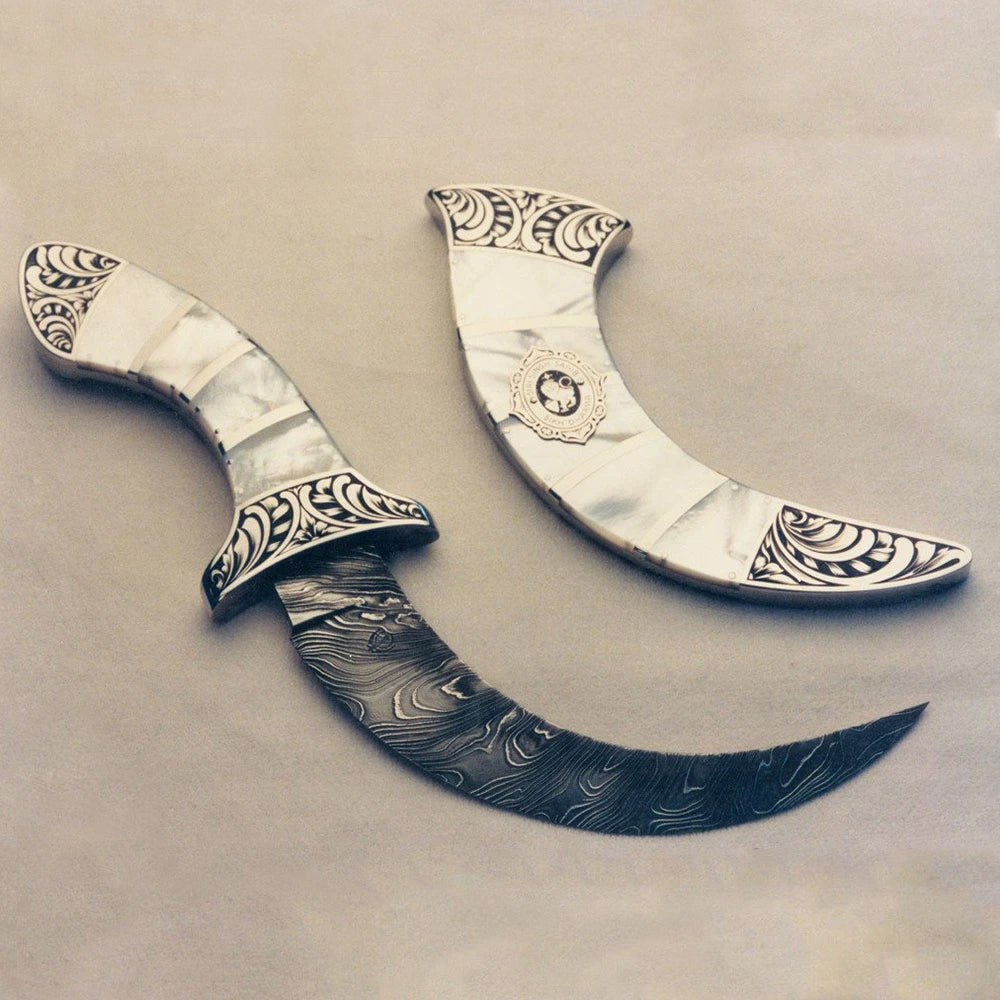The Evolution of the Kirpan: From Historical Weapon to Contemporary Symbol
Posted by JOT SINGH KHALSA

The Sikh kirpan holds profound significance as both a historical weapon and a sacred symbol of faith. Originally conceived for self-defense against religious oppression, the kirpan has evolved into an emblem of Sikh identity and spiritual commitment. Understanding the journey of the kirpan provides insight into the values of courage, justice, and selflessness that define the Sikh community.
The Origins of the Kirpan in Sikh History
The Sikh kirpan's origins date back to the early years of Sikhism in the 15th and 16th centuries. During this time, the Sikh faith arose in response to religious and social oppression in India. Guru Nanak, the founder of Sikhism, taught equality, justice, and spiritual values. However, the tenth Guru, Guru Gobind Singh, established the significance of the kirpan within the Sikh faith.
Sikh Warriors and the Importance of the Kirpan
In the 17th century, Sikh warriors and others passionate to stand against injustice were called upon to defend their faith, their communities and neighbors, and the highest principles of righteousness. Guru Gobind Singh founded the Khalsa in 1699, creating a brother and sisterhood of dedicated Sikhs committed to upholding justice. As part of their identity, the Khalsa were required to carry the kirpan — a sword or dagger — as a symbol of their responsibility to protect the vulnerable and stand against tyranny.
The kirpan was never intended for aggression or violence but as a tool of righteous defense. Sikhs were taught to use it only to protect themselves or others from harm, reinforcing the values of humility, self-restraint, and compassion.
The Historical Evolution of the Kirpan
Over the centuries, the kirpan evolved both in design and cultural significance. From its origins as a practical weapon, it gradually became more symbolic.
The Five Ks and the Kirpan's Role in Sikhism
The kirpan is one of the Five Ks (or "Panj Kakar") — five articles of faith that baptized Sikhs (Amritdhari) are encouraged to wear at all times. The Five Ks represent Sikh beliefs, values, and commitment to their spiritual path. The kirpan's presence among these items highlights its ongoing importance as a reminder of the duty to uphold justice, protect the defenseless, and resist oppression.
Modern kirpans come in various shapes and forms. While some still function practically, many are now purely ceremonial, designed solely to be symbolic.
The Kirpan in Modern Legal and Cultural Contexts
As Sikh communities have expanded globally, the kirpan's presence has sparked discussions about religious freedoms, public safety, and cultural inclusion. Various nations have implemented unique legal frameworks to balance these concerns while respecting Sikh religious practices.
Global Perspectives on Wearing the Kirpan
Canada: Canada's Charter of Rights and Freedoms protects Sikhs' right to wear the kirpan in most public places, including schools and workplaces. In 2006, the Supreme Court of Canada ruled that banning the kirpan would infringe on religious freedom, provided that certain safety measures are observed, such as ensuring it remains sheathed.
United States: The First Amendment protects Sikh Americans' right to carry the kirpan, although restrictions may apply in government buildings, schools, and during air travel. Sikh advocacy groups actively work to educate the public about the significance of the kirpan in combating discrimination and misunderstanding.
United Kingdom: British law generally permits carrying kirpans for religious reasons. Sikhs may wear their kirpans in public spaces if they adhere to safety guidelines.
India, being the birthplace of Sikhism, recognizes the kirpan as a vital aspect of Sikh religious identity. Indian law specifically exempts baptized Sikhs from the general restrictions on carrying bladed objects.
While legal considerations differ, education is essential for promoting understanding of the Sikh kirpan's symbolic and spiritual significance. Sikh communities globally continue to strive for cultural respect and legal protection for this vital aspect of their faith.
Understanding Khalsa Raj’s Kirpan Legacy
The Sikh kirpan serves as a powerful reminder of the values upon which Sikhism is founded—courage, compassion, and justice. From its origins as a defensive weapon to its modern role as an inspirational symbol, our kirpans empower those who carry them to embrace the duty of protecting the defenseless and upholding righteousness.
For those looking for a meaningful way to connect with Sikhism and its values, Khalsa Raj provides a variety of beautifully crafted, practical kirpans that are both sharp and comfortable to hold. Each kirpan is conceived to inspire courage, strength, and inner peace.
Discover our collection of Artisan Kirpans, our most affordable kirpans, and find pieces that inspire you to live a life that honors the legacy of Guru Gobind Singh.
